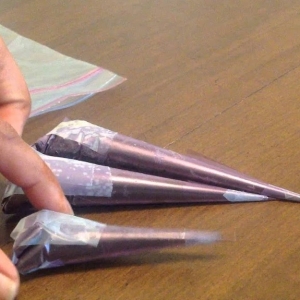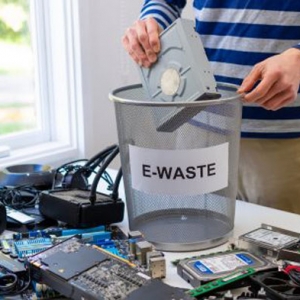Deck machinery is essential in the operation and safety of ships, offshore platforms, and other marine structures. Equipment such as winches, windlasses, cranes, and mooring systems must function reliably in harsh marine environments. Proper maintenance and strategic upgrades can significantly extend the lifespan of deck machinery, reducing downtime and operational costs.

1. Regular Inspection and Preventive Maintenance
Routine inspections help identify early signs of wear and tear before they escalate into serious failures. A preventive maintenance schedule should include:
Visual Checks: Identifying corrosion, cracks, and leaks.
Lubrication: Ensuring moving parts operate smoothly and do not seize up.
Fastener Inspection: Tightening bolts and connections to prevent misalignment.
Hydraulic and Pneumatic System Checks: Detecting leaks or pressure losses.
2. Corrosion Protection Strategies
The marine environment exposes deck machinery to saltwater, humidity, and extreme weather conditions, making corrosion a major threat. Effective corrosion control measures include:
Protective Coatings: Using high-quality marine-grade paints and anti-corrosion coatings.
Cathodic Protection: Installing sacrificial anodes or impressed current systems.
Regular Cleaning: Removing salt deposits and contaminants that accelerate corrosion.

3. Proper Lubrication and Seal Management
Friction and exposure to harsh conditions can degrade bearings, gears, and other moving parts. To enhance longevity:
Use lubricants suited for marine environments, ensuring compatibility with machinery.
Replace worn-out seals to prevent water ingress into sensitive components.
Monitor lubrication schedules to prevent overuse or underuse, both of which can harm equipment.
4. Alignment and Load Management
Misalignment and excessive loads can cause deck machinery to fail prematurely. Best practices include:
Ensuring proper alignment of shafts, gears, and pulleys.
Avoiding overloading by adhering to manufacturer-specified load limits.
Utilizing shock-absorbing mounts and dampers to reduce vibrations and mechanical stress.
5. Upgrading Outdated Components
As technology advances, older deck machinery components may become inefficient or prone to failure. Consider:
Retrofitting machinery with modern control systems for improved performance.
Upgrading electrical and hydraulic components for energy efficiency.
Implementing remote monitoring and diagnostics to detect early signs of failure.
6. Operator Training and Best Practices
Proper operation of deck machinery minimizes unnecessary stress and extends its service life. Training personnel on:
Correct start-up and shutdown procedures.
Safe load handling techniques.
Emergency response and troubleshooting procedures.

7. Spare Parts Management and Emergency Repairs
Having essential spare parts readily available ensures quick repairs and reduces downtime. A proactive approach includes:
Maintaining an inventory of critical components.
Establishing supplier relationships for fast part replacements.
Conducting periodic performance tests to preemptively replace aging parts.
Summary
Prolonging the life of deck machinery requires a combination of proactive maintenance, corrosion prevention, proper lubrication, and training. Investing in these strategies improves reliability, reduces operational costs, and enhances safety on deck. By implementing these best practices for mmaintaining deck machinery, marine operators can ensure that their equipment remains in peak condition, even in the most challenging environments.







